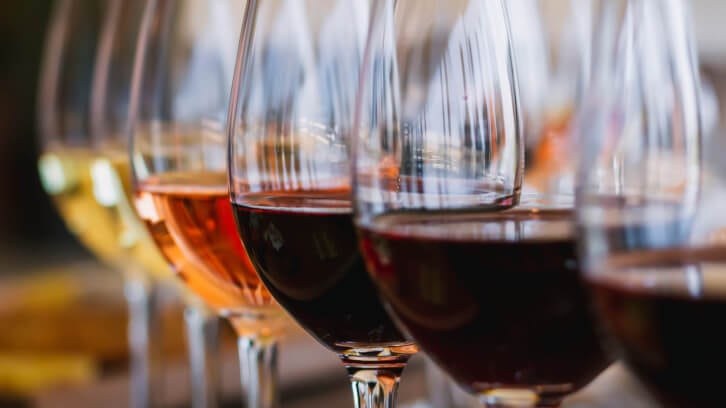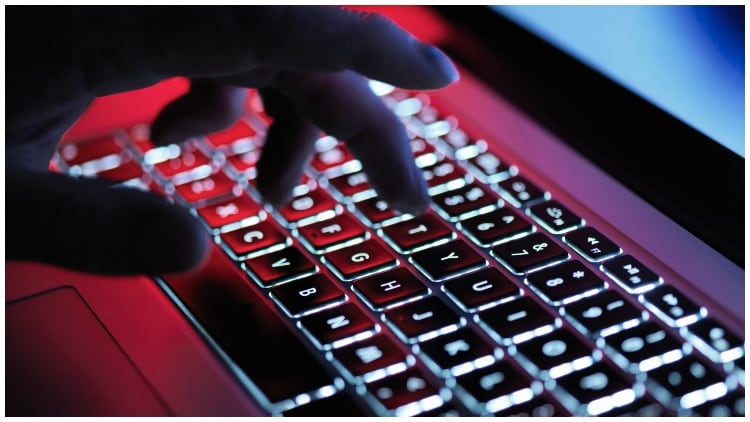Wine is high value and a complex product. Supply and demand can often move out of balance; some wines are deliberately made in limited quantities to increase their value and desirability, whereas others have the demand but production issues restrict their availability. To add to the complexity, some Appellation d’Origine Controlee (AOC) wines allow blending with a proportion of non-AOC wines.
All of this means wines are a soft target for fraud.
Wines are often blended to achieve a specific sensory profile. As with olive oils, these profiles can be achieved using different combinations of wines that may be completely different from those that you have approved.
The Wine Reforms Consultation 2023
In the UK, the Government has just closed its Wine Reforms Consultation 2023. The consultation covers potentially amending the restriction that requires a wine with a ‘protected designation of origin’ (PDO) to only be made from grapes of the species Vitis vinifera. Other wines, including ‘protected geographical indication’ (PGI), can be made from other species of Vitis or hybrid species.
In the EU, blending of wines from different EU origins is permitted, but the blending of wine imported into Great Britain is not – and the consultation is considering allowing this. Depending on the outcome of the reforms consultation, the rules governing these issues will likely be amended. While this is likely to be great news for the wine industry, it does increase the potential for fraudulent activity.
Protecting your brand from wine fraud
There are well-established tests for commonly reported frauds such as, dilution with water/fruit juice; sweetening with non-grape sugars; or addition of harmful chemicals like methanol.
Validation of origin is possible but requires annual sampling of ‘grape must’ (freshly crushed fruit) to fingerprint the production. There is a European Reference Centre for Control in the Wine Sector, but this database is not available for public use. This approach is also costly and becomes more complex when wines are blended.
So how can you be sure you are getting the blend you have approved…? There is another method – Wine Batch Match.
When a wine or a wine blend is approved, a sample should be collected. These samples can be held under suitable storage conditions until testing is required. This provides a cost-effective deterrent to the supply chain. At any point in the chain, a test sample can be compared to the reference sample using a combination of analytical methods. Typically, we would look at FT-IR to generate a chemometric fingerprint and compare the reference and test samples. This is low-cost and quick.
Where the chemometric fingerprints are consistent with one another they are reported as ‘MATCH’. Where there are inconsistencies between the reference sample and the test sample, additional testing using stable isotope ratio analysis and trace element analysis can be used to cross-validate the result. If there are significant differences seen across multiple analytical methods, the sample is reported as a ‘NO MATCH’.
These methods are specifically developed to avoid the cost and complexity of creating a reference database and are targeted to support blended wines – which otherwise are challenging to validate. They are cost-accessible and effective. In addition, the deterrent impact of taking a reference sample communicates your position on integrity throughout the supply chain.




